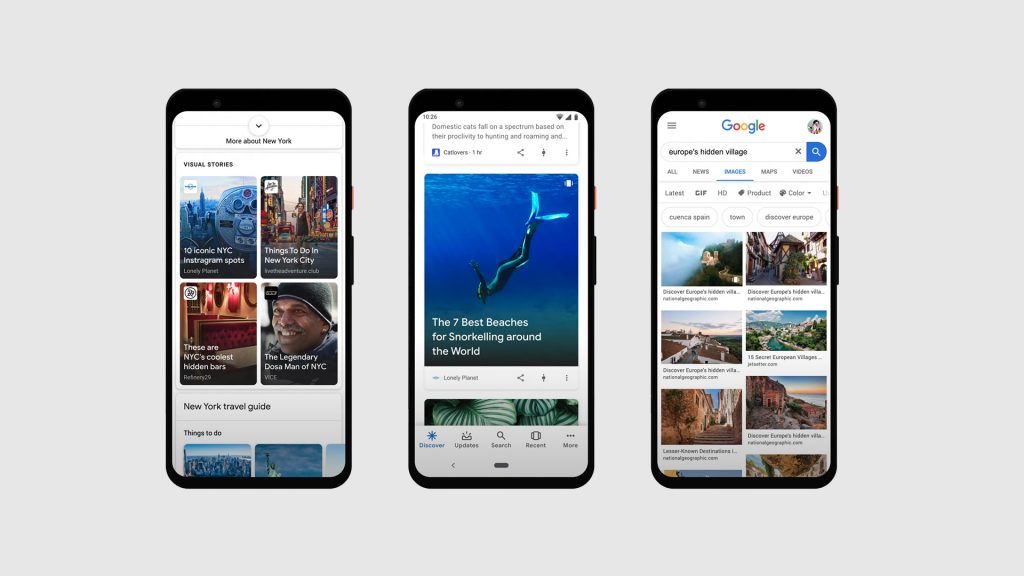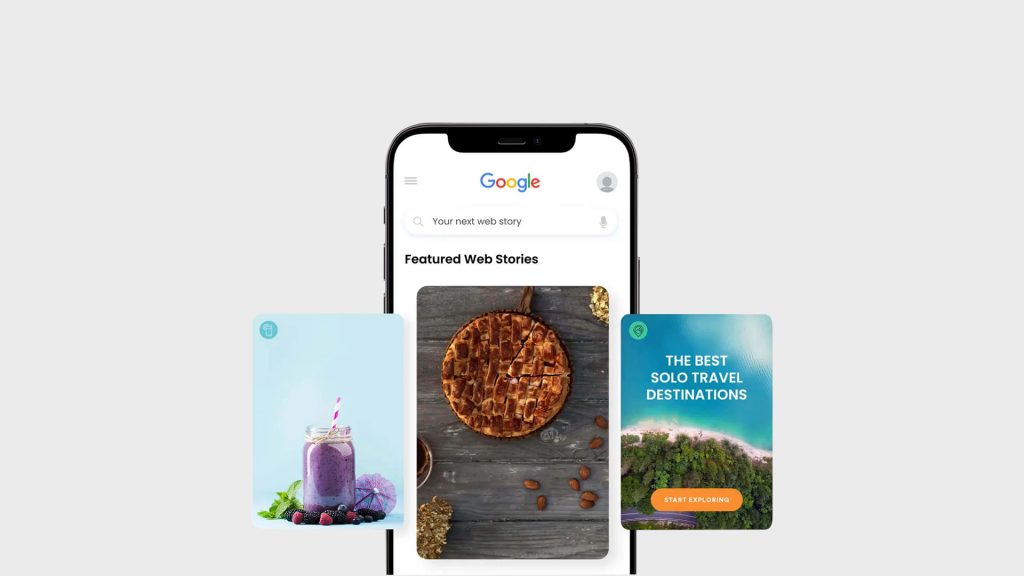Storytelling is a powerful way to connect with customers and make them engaged with your brand. Even though there are many ways of storytelling, nothing is more successful than Google Web stories. These are interactive, visually rich video contents that provide video creators with new opportunities and tools to present their ideas to the public. It was formerly known as AMP (Accelerated Mobile Pages). By taking some effort and following Best Practices for Google web stories, even you can create the perfect story and get better brand exposure organically. So, let’s get started.

Format & popularity
When it comes to Google web Stories, they usually consist of three parts. This includes a poster, a cover page, and finally, the story pages. As the poster to be the first thing everyone sees when you post your story, it has to be attractive and engaging. The cover page is the first page of the content of your story, and the story pages are where you tell your narrative through the right use of video, text, and other assets.
Web stories usually appear in google search results and Google Discover as carousels. Since they are also individual pages on your website, they can be indexed using SEO for Google web stories and surface in relevant results. The stories can be either placed on your website as individual pieces of content or embed them like YouTube videos.
Practices for Google Web Stories
Let us see some of the Best Practices for Google web stories which you can utilize for making iconic storytelling videos.
Leverage your brand identity
What’s the point of conceiving a top-notch story if your customers don’t know your identity? As Google Web Stories show up on search engine results and Google Discover, it is important to add your brand details, so that customers will know who you are and what you do.
More than just video
Even though videos are primarily used for making narratives, you can also audio, images, and animations that help you create a narrative. Texts can also be included but make sure to not exceed the limit of 280 characters.
Include engaging elements
What’s the purpose of your story? To create engagements and one of the Best Practices for Google web stories is to include interactive elements. This can be done by including multiple story pages that will help capture user attention and make them excited to engage and know more about your narrative. Including other interactive activities such as quizzes, polls, etc. will also increase viewer interaction.
Make your story accessible
Even though you created the perfect story, if you want your whole audience to benefit from it, the story has to be made accessible. Adding alt text to your images, transcribing audio, and adding subtitles, captions, and metadata to your narrative will ensure everyone understands your vision.
Ensure your stories are AMP valid
As Google Web Stories run on the AMP framework, the stories you create must be AMP valid. When it comes to creating the best narrative for your brand, several testing tools are available which can be utilized throughout the entire making process and ensured that the stories are appearing on the web.

Optimizing your stories for SEO
As mentioned earlier, web stories when included on your website appear as individual pages. As a result, you want to be aware of optimizing SEO for Google web stories when creating your narrative. By utilizing the following strategies, you can create and optimize your narrative for SEO.
Maintain Content Quality
We all say that content is king and it is true indeed. When crafting the perfect brand story, it must have authentic quality content. Also, the content must be useful and interesting to keep customers engaged. If you have excellent storytelling techniques, this won’t be a problem at all.
Don’t Ignore Indexing
Another important SEO for Google web stories strategy is to do indexing. Let’s be simple, want to see your web story pop up on Google Search results? Make sure to add your stories into the XML sitemap and also include canonical tags if you wish to explicitly describe your well-crafted story.
Add the Titles & Meta data
When adding titles and metadata for your story, you must make sure that they don’t fall short or exceed the character limit. Like the title, the metadata must be included as a small description so that customers understand what they will find in your story.
Wrapping up
The thing is that almost every brand has stories to tell. Creating the perfect narrative using the Best Practices for Google web stories and sharing them with your followers helps you grow your online reputation and build trust. When it comes to stories, it can cover anything from your brand’s culture to upcoming product launches, etc. Though it might be difficult to code and create your own Google Web Story if you are not experienced, many plug-ins can be used to create the story. Or, you can hire the services of a reputed best digital marketing agency in Dubai that will offer the best results. Whichever path you choose, make sure to give the best version of your brand to the audience.
Related Post
Publications, Insights & News from GTECH








